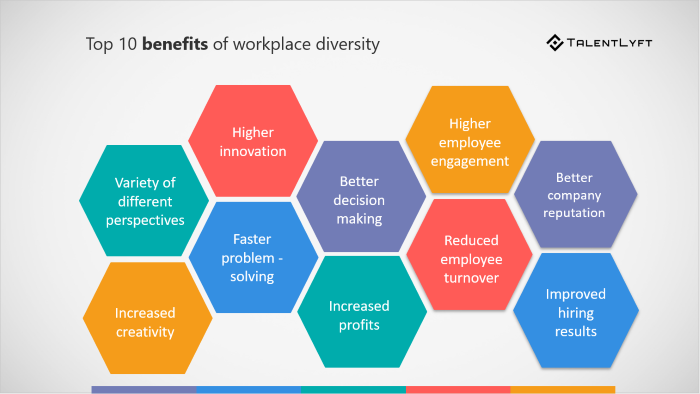As technological advancements continue to shape the world around us, it is essential for the tech industry to recognize the importance of diversity and inclusion in the workplace. Diversity not only brings various perspectives and experiences to the table but also fosters innovation and promotes equal opportunities for all.
What is Diversity and Inclusion?
Diversity refers to the range of differences among people, encompassing various aspects such as race, gender, age, religion, sexual orientation, physical abilities, and more. Inclusion, on the other hand, is the act of creating a supportive and respectful work environment that values and appreciates these differences.
Benefits of Diversity and Inclusion in the Tech Industry
1. Enhanced Innovation: When individuals from diverse backgrounds collaborate, they bring unique perspectives and insights to problem-solving. This diversity of thought sparks innovation and creativity, leading to more robust solutions and products.
2. Improved Decision-making: A diverse team can make better decisions as it incorporates different viewpoints and considers a broader range of potential outcomes. By embracing diversity, tech companies can make informed decisions that reflect the needs and preferences of a wider audience.
3. Attracting Top Talent: A commitment to diversity and inclusion makes a company more appealing to a broader pool of candidates. Tech professionals are increasingly prioritizing inclusive workplaces, where they can thrive and feel valued.
Building an Inclusive Tech Workplace
1. Implementing Unbiased Recruitment Practices: Companies should strive for unbiased recruitment and hiring processes, ensuring equal opportunities for all applicants. This includes removing any discriminatory language from job postings and implementing blind screening techniques to assess candidates solely based on their skills and qualifications.
2. Developing Diverse Leadership: Creating diverse leadership teams acts as a powerful catalyst for change. By prioritizing diversity in top-tier positions, companies send a message that they value and embrace the inclusion of all individuals, irrespective of their background.
3. Encouraging Employee Resource Groups: Establishing and supporting Employee Resource Groups (ERGs) can provide a platform for underrepresented employees to connect, share experiences, and voice their perspectives. ERGs also allow companies to address specific concerns and challenges faced by different groups within the organization.
Challenges and Solutions
While transitioning towards a more diverse and inclusive workplace, tech companies may encounter challenges. These can include unconscious biases, lack of awareness, and resistance to change. Here are some solutions:
Offering diversity and inclusion training to educate employees about the benefits and importance of diversity.
Establishing clear diversity goals and metrics to track progress and hold leaders accountable.
Creating an open culture where employees feel comfortable discussing diversity-related topics and concerns.
Implementing diversity and inclusion initiatives across all levels of the organization, from recruitment to promotion processes.
Conclusion
Diversity and inclusion are crucial for the success and sustainability of the tech industry. Embracing a diverse workforce and fostering an inclusive workplace culture not only leads to better innovation and decision-making but also attracts top talent. By prioritizing diversity, tech companies can drive positive change and contribute to a more equal and prosperous society.

